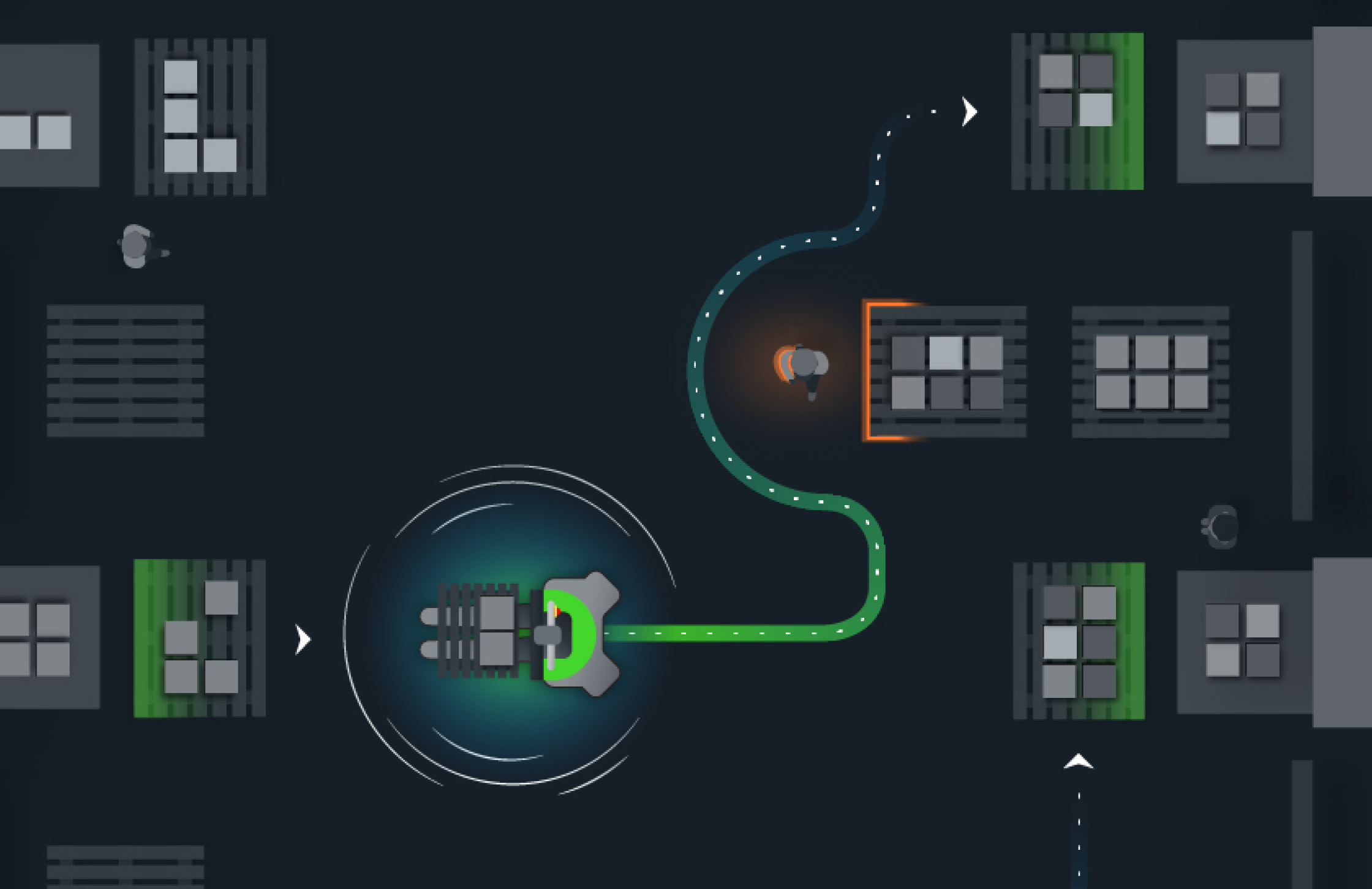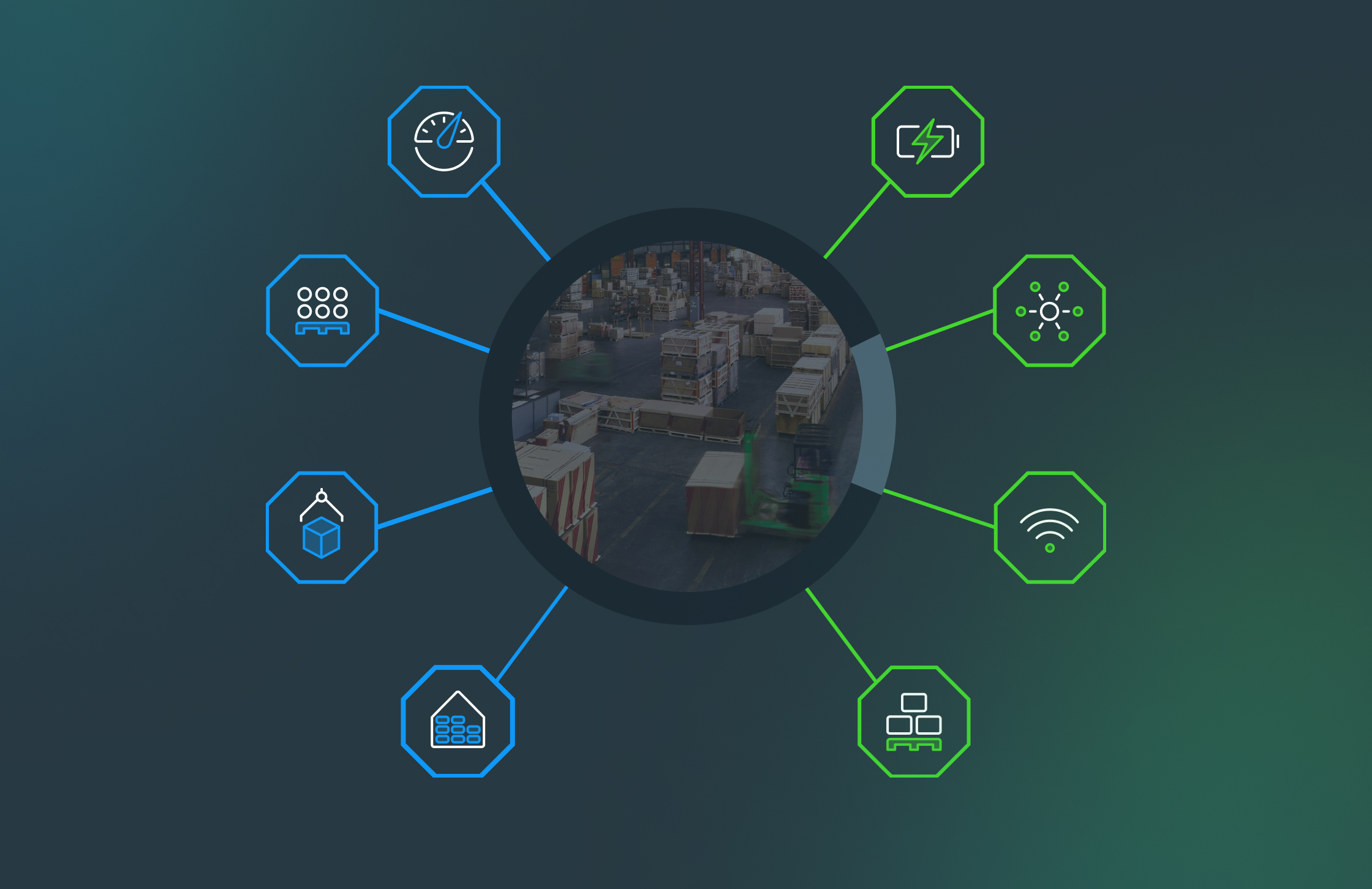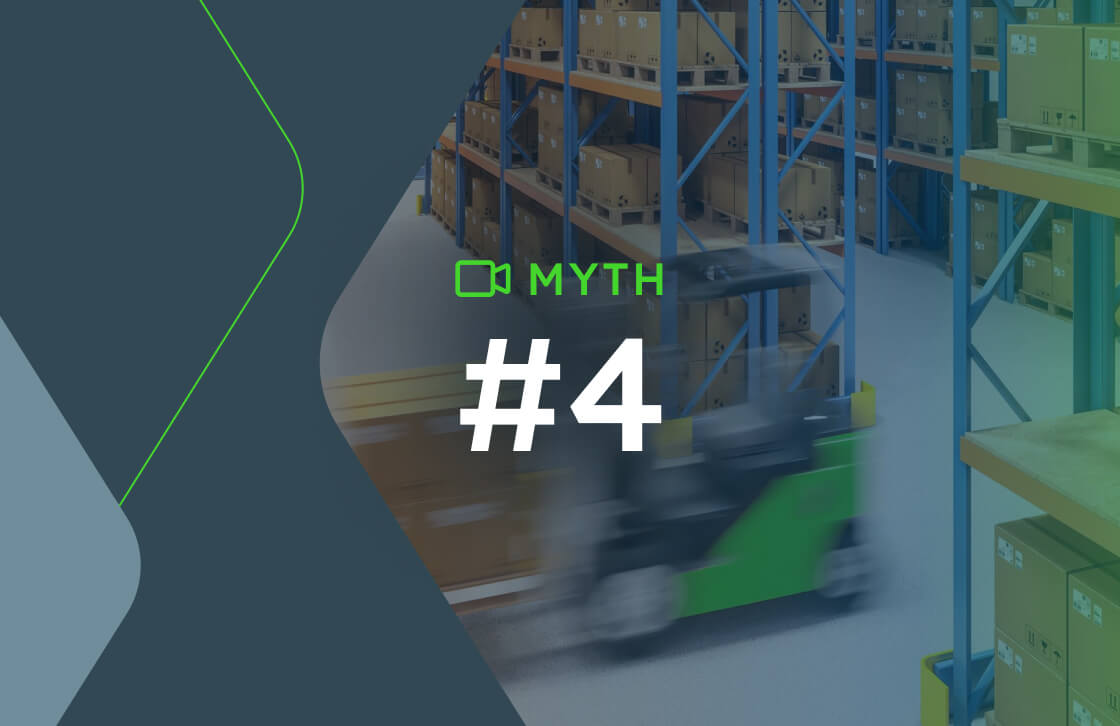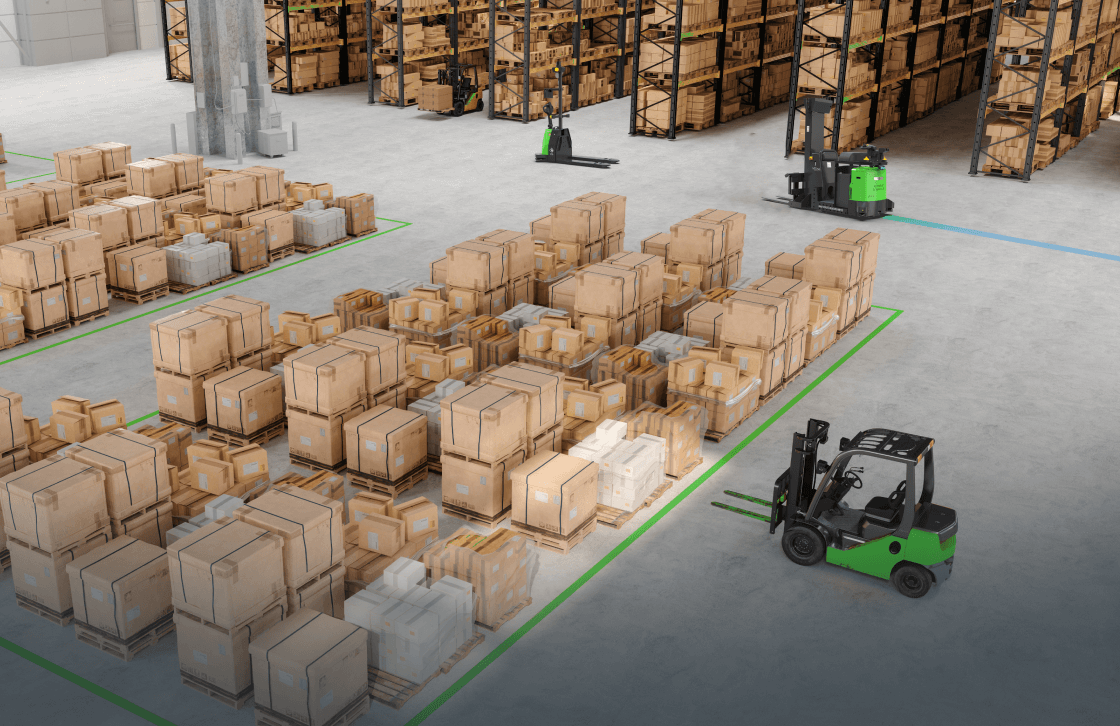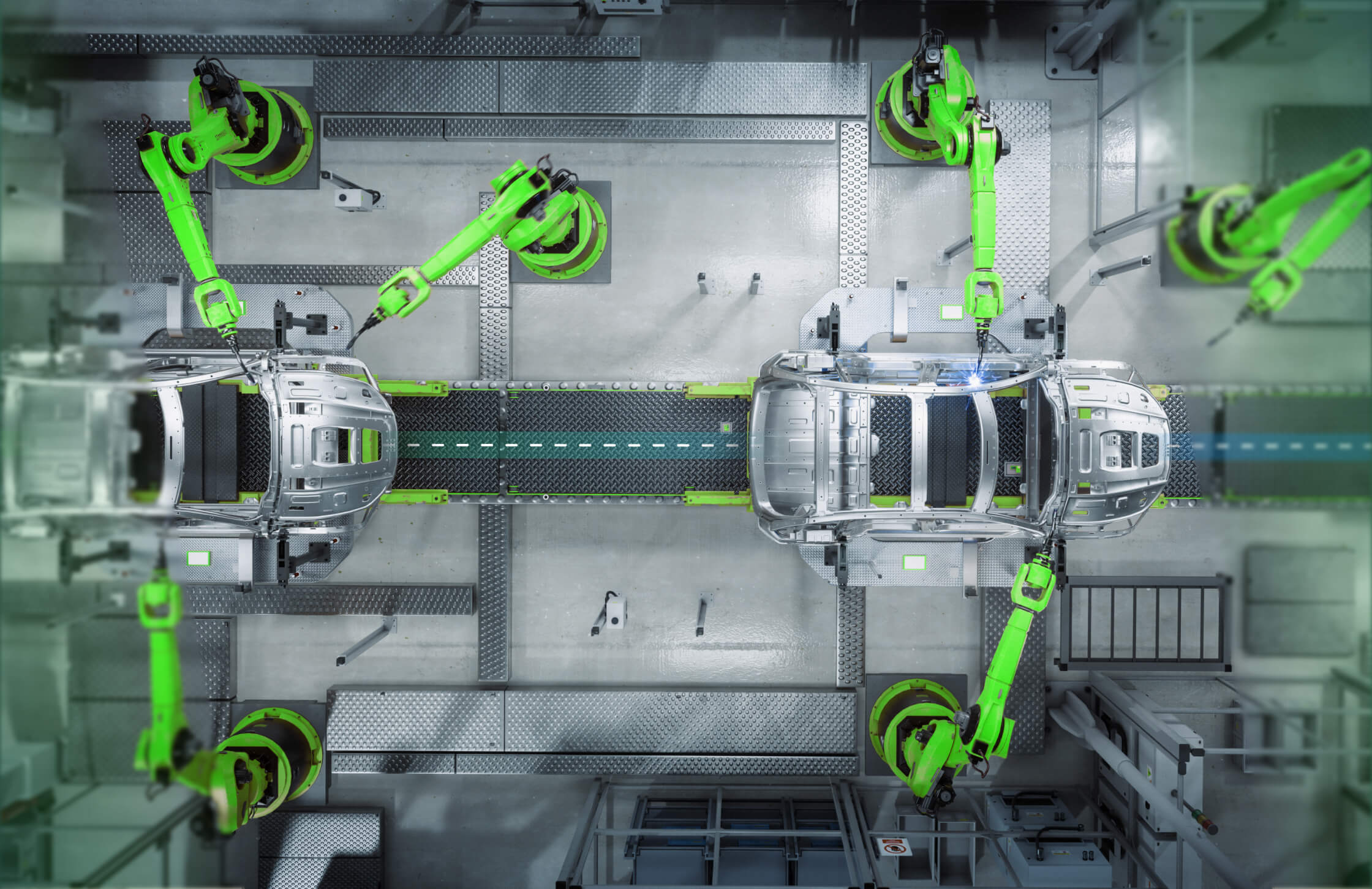The following article is part of series by Vecna Robotics’ CMO Josh Kivenko that dives deep into the world of material handling and explores new areas where automation solutions can be deployed at scale in distribution, warehousing and manufacturing operations.
Technology advances over the past several years have led many companies within the supply chain to explore robotics and automation to improve efficiency in their operations. But in many cases, these tend to be giant, capital-intensive projects with fixed equipment such as large robotic arms, protective cages and long stretches of conveyors.
Operations managers at companies with medium-sized facilities or larger facilities with workflows with tight space constraints will likely have their eyes glaze over when an automation provider or systems integrator comes to them with a proposal aimed to overhaul their entire distribution or fulfillment center operations. In many cases, that results in continued operations that are mainly manual, and companies are still faced with continual labor shortages while facing surging customer demands.
Fortunately, technologies are coming online that can allow companies with a smaller footprint or with workflows in tighter spaces to reap the benefits of robotics and automation without having to write a giant check.
For example, a company that uses manual processes and vehicles such as forklifts and pallet jacks to handle the transport of pallets from the wrapper to the dock door, can soon begin to deploy autonomous mobile robot (AMR) systems. The systems can augment existing material handlers to speed up and meet demand for this process, with integration that can be handled quickly and without disruption to the company’s operations.
Increasingly, acquiring such robots can be done through a robots-as-a-service (RaaS) approach, which eliminates the need for high capital expenses (CAPEX) in favor of an easier-to-manage operational expense (OPEX) outlay. Robot companies that use a RaaS model provide the equipment, monitor the operations, and provide maintenance support, which reduces the overall cost for a smaller or midsize company to implement automation.
This method also provides more flexibility for companies that need additional robots to meet growing demand – an organization should be able to order more robots to be deployed to handle peak periods, and then redeploy them in other areas of their facility, rather than having large capital-intensive robots sit idling during slow periods.
Other micro-workflow processes that can achieve quick ROI can include waste and dunnage removal, consolidating totes and pick carts to/from picking lines and packout, and parts delivery between workcells and processes in discrete manufacturing plants. Until recently, the cost of material handling automation technology only made economic sense when it replaced manual workflows where a human worker needs to walk or drive long distances within a warehouse or when such work had significantly high throughput. But what about those shorter distances or lower utilization workflows that automation has left behind? With less affordable labor at the ready, when and how does this work get done efficiently?
Companies that are considering automation should keep an eye out for solutions to these micro-workflows that are coming online that, until now, were too costly for robotics and automation to work for them sensibly. With flexible systems that can be integrated into existing facilities and business models that reduce upfront costs, companies with smaller facilities or with labor-intensive workflows in confined spaces will be able to begin their automation journey to address labor shortages and increasing customer demand challenges.
To learn more about how Vecna Robotics can help your distribution, warehousing or manufacturing operations achieve its automation goals, click here.
Read the first blog in this series “Did Someone Say Co-bots?” here.
